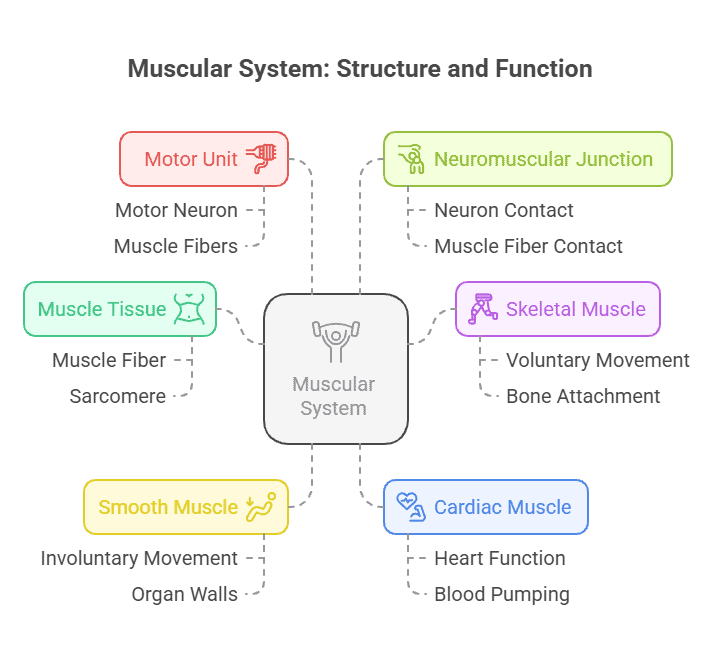When we think of muscles, we often associate them with strength and movement. But have you ever wondered how muscles are structured and how they function in the body? In this introduction, we will explore the anatomy of muscle tissue, looking at its structure and function in depth.
Structure of Muscle Tissue
Muscle tissue is made up of specialized cells called muscle fibers. These fibers are grouped together to form muscle tissue, which is then organized into different types of muscles in the body. There are three main types of muscle tissue: skeletal muscle, smooth muscle, and cardiac muscle.
Skeletal muscle is attached to bones and is responsible for voluntary movements like walking and lifting weights. Smooth muscle is found in the walls of internal organs and blood vessels, controlling involuntary movements like digestion and blood flow. Cardiac muscle makes up the heart and is responsible for pumping blood throughout the body.
Function of Muscle Tissue
Muscle tissue has a primary function of producing movement in the body. When a muscle contracts, it pulls on the bones to create movement. This contraction is controlled by the nervous system, which sends signals to the muscle fibers to contract or relax.
In addition to movement, muscle tissue also plays a role in maintaining posture and supporting the body. Muscles work together in groups to stabilize joints and keep the body in an upright position. This is especially important for activities like standing, sitting, and walking.
Summary
In this introduction, we have explored the structure and function of muscle tissue in the body. We learned about the different types of muscle tissue – skeletal, smooth, and cardiac – and how they are organized in the body. We also discussed the primary function of muscle tissue, which is to produce movement and support the body. Understanding the anatomy of muscle tissue is essential for learning how the muscular system works and how we can keep our muscles healthy and strong.
Key Takeaways:
- Muscle tissue is made up of muscle fibers that contract in response to nerve signals.
- There are three types of muscle tissue: skeletal, smooth, and cardiac.
- Skeletal muscle is responsible for voluntary movements, while smooth and cardiac muscles are involuntary.
- Skeletal muscle is striated and has multiple nuclei, while smooth muscle is non-striated and has a single nucleus.
- Cardiac muscle is striated and has a single nucleus, with intercalated discs that allow for coordinated contractions.
- Muscle tissue is highly vascularized and innervated, allowing for efficient nutrient delivery and waste removal.
- Muscle tissue can adapt and grow stronger with regular exercise, a process known as hypertrophy.
Key Terms:
- Muscle Tissue: A type of tissue that is composed of cells that have the ability to contract and produce movement.
- Skeletal Muscle: A type of muscle tissue that is attached to bones and is responsible for voluntary movement.
- Smooth Muscle: A type of muscle tissue that is found in the walls of hollow organs and blood vessels, and is responsible for involuntary movements.
- Cardiac Muscle: A type of muscle tissue that is found in the heart and is responsible for pumping blood throughout the body.
- Muscle Fiber: The long, cylindrical cells that make up muscle tissue and have the ability to contract.
- Sarcomere: The basic unit of muscle contraction, consisting of overlapping actin and myosin filaments.
- Motor Unit: A motor neuron and all of the muscle fibers it innervates.
- Neuromuscular Junction: The point of contact between a motor neuron and a muscle fiber where communication occurs for muscle contraction.

